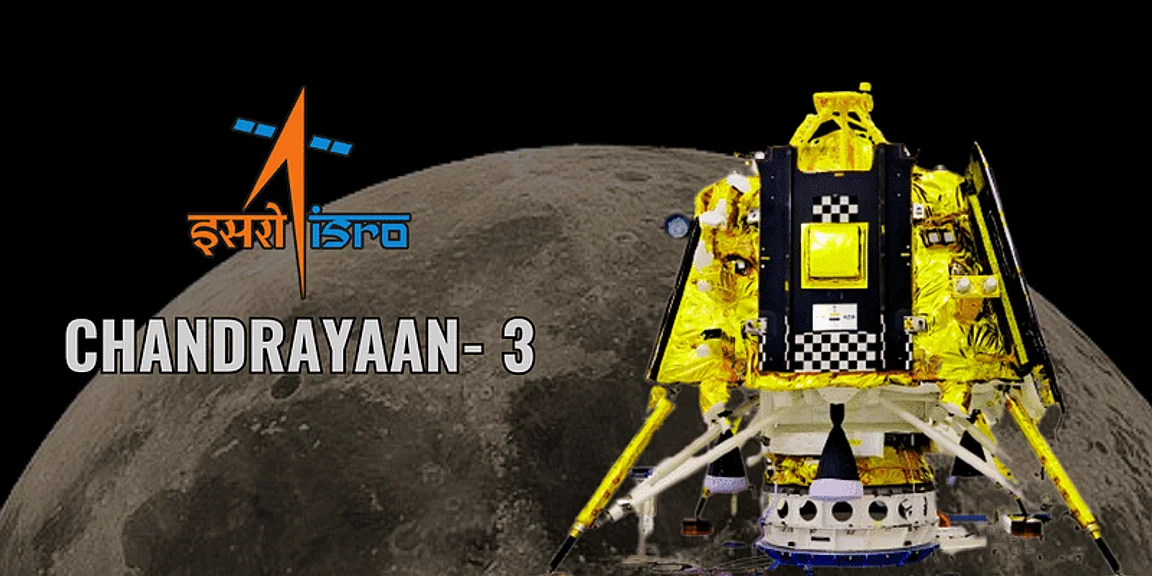Chandrayaan-3 is the third mission in the Chandrayaan programme, a series of lunar-exploration missions developed by the Indian Space Research Organisation (ISRO). The mission was launched on July 14, 2023, from the Satish Dhawan Space Centre in Sriharikota, Andhra Pradesh.
The main objectives of Chandrayaan-3 are to:
- Soft-land the Vikram lander on the lunar surface.
- Deploy the Pragyan rover on the lunar surface.
- Conduct scientific experiments to study the lunar surface and its environment.
The Vikram lander is equipped with a variety of instruments, including a terrain mapping camera, a laser altimeter, and a seismometer. The Pragyan rover is a small, six-wheeled vehicle that is designed to explore the lunar surface for up to 100 days.
Chandrayaan-3 is the first Indian mission to the lunar south pole, a region that is thought to be rich in water ice. The water ice could be a valuable resource for future moon missions, as it could be used to produce oxygen, fuel, and water for astronauts.
The mission is a major milestone for India’s space program and is expected to make significant contributions to our understanding of the moon.
Here is a more detailed overview of the Chandrayaan-3 mission:
- The Vikram lander: The Vikram lander is the heart of the Chandrayaan-3 mission. It is responsible for soft-landing on the lunar surface and deploying the Pragyan rover. The lander is equipped with a variety of instruments to study the lunar surface, including a terrain mapping camera, a laser altimeter, and a seismometer.
- The Pragyan rover: The Pragyan rover is a small, six-wheeled vehicle that is designed to explore the lunar surface. The rover is equipped with a variety of instruments to study the lunar surface, including a spectrometer, a camera, and a magnetometer.
- The scientific payload: The Chandrayaan-3 mission is carrying a number of scientific experiments to study the lunar surface and its environment. These experiments include:
- A lunar surface composition experiment to study the chemical composition of the lunar surface.
- A lunar exosphere experiment to study the tenuous atmosphere of the moon.
- A lunar radiation environment experiment to study the radiation levels on the lunar surface.
The success of Chandrayaan-3 would be a major achievement for India’s space program and would help to pave the way for future moon missions. The mission is expected to provide valuable data about the lunar south pole and its resources, which could be used to support future human exploration of the moon.
Here are some of the challenges that the Chandrayaan-3 mission is facing:
- The lunar south pole is a very challenging environment to land in. The terrain is rough and the gravity is low, which makes it difficult to keep a spacecraft stable.
- The water ice that is thought to be present in the lunar south pole is also a challenge. The water ice could be hidden under the surface, making it difficult to detect and extract.
- The radiation levels on the lunar surface are also a challenge. The astronauts and rovers will need to be protected from the radiation.
Despite these challenges, the Chandrayaan-3 mission is a major milestone for India’s space program and is expected to make significant contributions to our understanding of the moon. The success of the mission would be a major boost for India’s space program and would help to put India in the forefront of lunar exploration.









